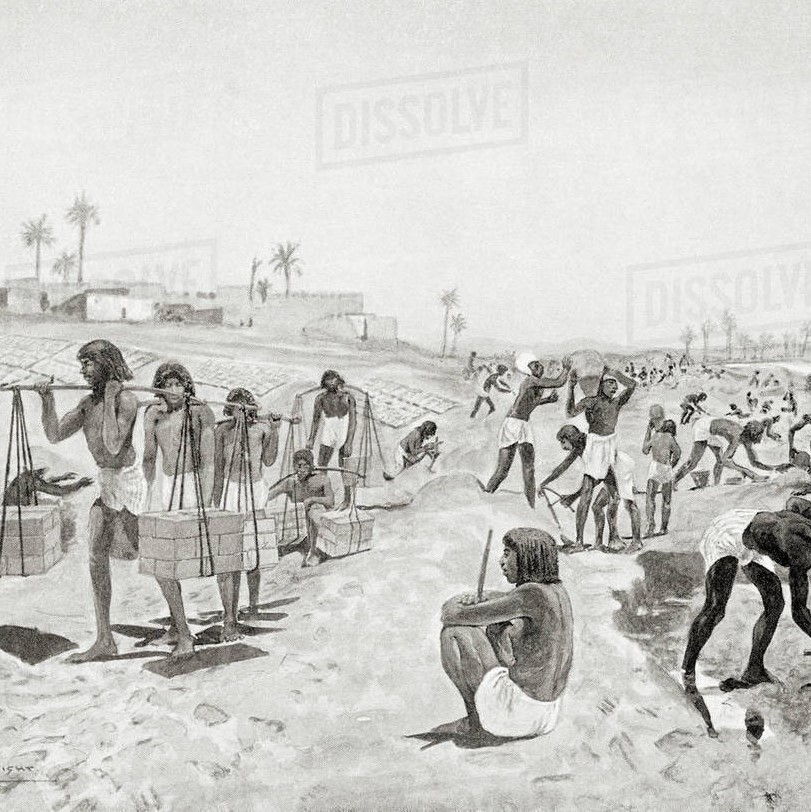click to dowload our latest edition
CLICK HERE TO SUBSCRIBE TO OUR NEWSLETTER


Published
4 years agoon
By
adminTALI FEINBERG
According to the A21 Campaign, which works to fight human trafficking, “Only 1% of victims are ever rescued. Human trafficking is slavery. It’s the illegal trade of human beings. It’s the recruitment, control, and use of people for their bodies and labour. Through force, fraud, and coercion, people everywhere are being bought and sold against their will, right now, in the 21st century. Slavery is a $150 billion [R2.6 trillion] dollar industry.”
The organisation is “fuelled by radical hope that human beings everywhere will be rescued from bondage and completely restored. We are the abolitionists of the 21st century. We work with you to free slaves, and disrupt demand.”
It has offices all over the globe, including in Cape Town. “There are 40.3 million men, women, and children held as slaves around the world today. There are an estimated 155 000 people enslaved in South Africa today, according to the Global Slavery Index,” says the organisation’s social worker, Sarah Child.
“South Africa is primarily a source, transit location, and destination country for trafficking. This means that South Africans are trafficked within and without South Africa, victims travel through South Africa during their recruitment and trafficking, and victims are trafficked to South Africa. Importantly, many South Africans are trafficked here, within South Africa, from their homes to other places in the country.”
The most common types of slavery her organisation encounters are sex trafficking, forced labour – especially on factories or farms – and domestic servitude, in which people are trafficked and exploited in private residences. Other types of trafficking are forced marriage and bonded labour.
So, how do these slavery networks operate? “The one thing all victims have in common is vulnerability. Fifty four percent of South Africans are vulnerable to trafficking because of their circumstances, which include, but are not limited to, poverty, lack of economic opportunities and education, a poor quality of life, unstable social conditions, and a lack of social support systems.
“Traffickers prey on these individuals, and through deceit, people are recruited into trafficking. The most common way includes false opportunities such as a job, education, or the promise of a better life. Other recruitment methods include false relationships, being sold by family members, abduction, or the repayment of a debt. Traffickers then use various means of coercion and control such as violence, threats, and the denial of freedom of movement to keep people in trafficking situations.”
In addition, with so much low-cost labour in South African homes such as domestic workers and gardeners who are often illegal immigrants, “human trafficking is hidden in plain sight, and it’s happening throughout our communities around the country”, Child says.
This is brought into stark relief in the essay, My Family’s Slave, by the late Alex Tizon, published in The Atlantic in 2017. Tizon describes how the woman who raised him was his family’s slave for 56 years, both in the Philippines and America, doing her work without pay, accommodation, meals, or any kind of rights.
“Her name was Eudocia Tomas Pulido. We called her Lola. She was 18 years old when my grandfather gave her to my mother as a gift, and when my family moved to the United States, we brought her with us.
“No other word but slave encompassed the life she lived. Her days began before everyone else woke up, and ended after we went to bed. She prepared three meals a day, cleaned the house, waited on my parents, and took care of my four siblings and me. My parents never paid her, and they scolded her constantly. She wasn’t kept in leg irons, but she might as well have been. So many nights, on my way to the bathroom, I’d spot her sleeping in a corner, slumped against a mound of laundry,” wrote Tizon.
“She ate scraps and leftovers by herself in the kitchen, and had no private quarters.” The essay goes on to describe how he came to realise that Lola was a slave, and how he tried to make amends for this injustice for the rest of his life.
Awareness is key to combat this kind of reality. “We can’t combat something that we’re not aware of. We all have a voice that we can use,” says Child. “If you suspect something, say something. You can report it anonymously to the South African National Human Trafficking Hotline. Educate family and friends or reach out to organisations that can do a presentation at your school, workplace, or community. Support organisations by attending their awareness events, supporting them on social media, and financially.”
“Civil society has been active in the fight against human trafficking,” she says. “There are many NGOs [nongovernmental organisations] working together and with the government. Services include prevention and awareness, victim identification, and survivor care. In 2013, the Prevention and Combating of Trafficking in Persons Act was passed, which came into effect in 2015. This deals comprehensively with human trafficking including the criminalisation and prosecution of human trafficking, protective mechanisms, services for victims, and the responsibilities of different government departments.”
As Pesach approaches, her message to the South African Jewish community is as follows: “The number and scale of human trafficking can feel overwhelming. Let’s not forget the power of one – the one victim we can assist, or the power of one voice to make a difference.”
